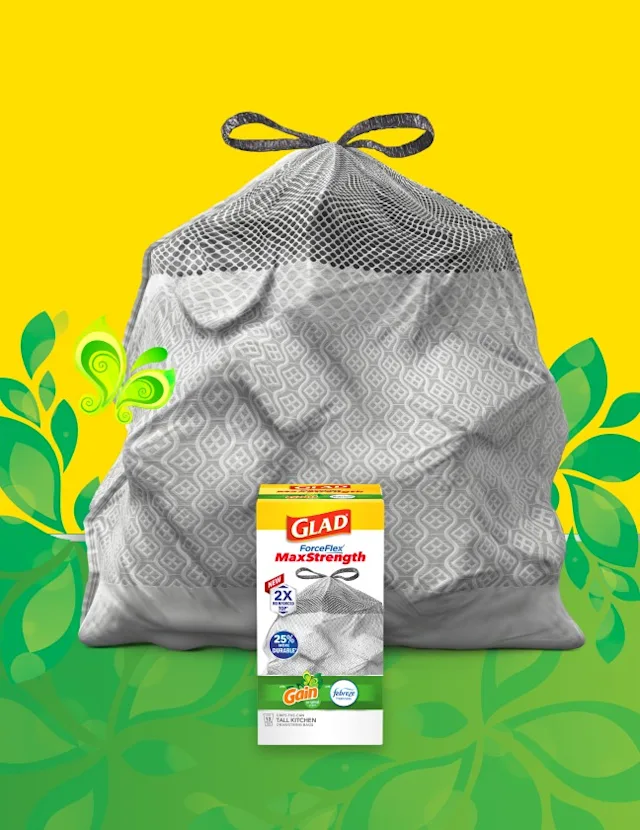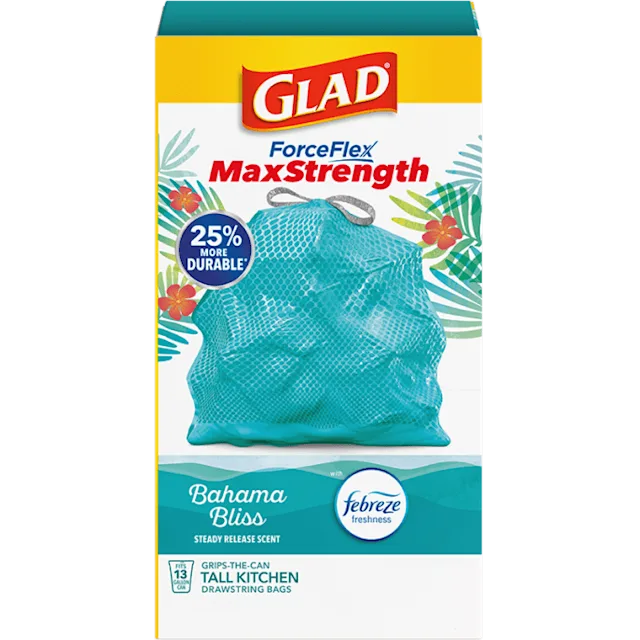- Got fresh green beans from the farmer’s market but not planning to use them right away? Here’s how to properly store and freeze them so they stay crisp and delicious for months to come.
Can You Freeze Fresh Green Beans?
Freezing green beans is a simple way to preserve their flavor and texture for future meals. Follow these steps to keep them fresh and ready to use year-round.
Step 1: Trim the Green Beans
Gather a small bunch of green beans, align the stem ends, and slice off the tips with a sharp knife. For best results, trim both ends — especially any tough fibers running along the length of the bean. Many recipes also call for cutting green beans into one- to two-inch pieces before freezing.
Step 2: Blanch the Green Beans
Blanching helps preserve the beans' color, texture, and flavor before freezing. Here’s how:- Boil one gallon of water per pound of green beans.
- Fill a separate bowl with ice water.
- Add the beans to the boiling water—smaller beans need about two minutes, while larger beans require three to four.
- Transfer immediately to the ice bath to cool completely, then drain.

Step 3: Pack for Freezing
Once blanched, pack the green beans into a Glad® Freezer Zipper Quart Bag, choosing quart or gallon sizes depending on your batch. Shape each bag to compact the beans and remove as much air as possible before sealing.Step 4: Freeze the Green Beans
For best results, label each bag with the date and portion size. Lay them flat in the freezer with space in between for even freezing. Once solid, you can stack them to save space.
How to Store Fresh Green Beans
If you plan to use your green beans soon, store them in the refrigerator instead of freezing. Keep unwashed green bean pods in a container covered with Glad™ Press’N Seal® Cling Film for up to seven days. Storing them unwashed helps retain moisture and freshness.
Green beans are in season from May to October and make a great addition to meals year-round. Whether you’re using them fresh or freezing them for later, proper storage ensures they taste just as good when you're ready to enjoy them.
How Long Are Green Beans Good For in the Fridge?
Properly refrigerated green beans can last for up to seven days.
How Long Should You Blanch Green Beans For?
Before freezing, blanch smaller beans for about two minutes in boiling water, three to four minutes for larger beans.
How to Thaw Green Beans
When it’s time to use your frozen green beans, you have a couple of thawing options:
- Refrigerator thawing: Place the frozen green beans in the fridge overnight for a slow, even thaw.
- Cold water thawing: Submerge the sealed bag in a bowl of cold water, changing the water every 30 minutes. (Per USDA) guidelines, don’t leave vegetables out at room temperature for more than 2 hours.)
Whatever method you choose, Glad® FLEX'N SEAL™ helps contain any liquid released during thawing, keeping your fridge and counters mess-free.
How to Tell if Green Beans Are Spoiled & How to Dispose
A green bean has gone bad if it has an off-putting odor, or if it’s badly discolored, soft or slimy. Mold can also indicate spoilage.
To avoid unpleasant odors, consider composting spoiled green beans in Glad™ Compostable Bags, or using Glad™ Trash Bags to dispose of them in an outdoor trash bin. If you choose to compost, be sure to follow local guidelines.
TRASH BAGS FOR YOUR TOUGHEST JOBS— IN AND OUT OF THE KITCHEN


Please enable cookies to shop


Please enable cookies to shop


Please enable cookies to shop


Please enable cookies to shop















